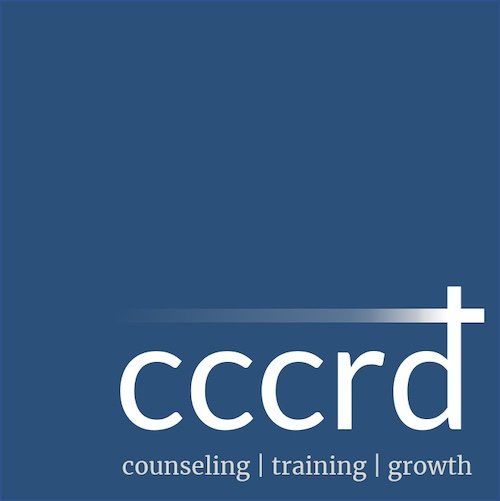Mental Health Awareness Month: Self-Harm
Mental Health Awareness Month
May is Mental Health Awareness Month! At CCCRD, we want to do our part when it comes to educating the public on psychology and emotional health. Each week, we’ll take a look at common mental health concerns and how to manage them. We’ve already looked at anxiety and depression. For our third week, we’re looking at self-harm.
What is Self-Harm?
Self-harm is the act of intentionally injuring one’s own body. Common occurrences of this include cutting, burning, scratching, biting, or hitting oneself.
Getting to know self-harm:
18-22% of adolescents have engaged in some form of self-harm. Self-harm usually takes place in early to middle adolescence (14-15 years old). (SpringerLink) Also, about 6% of adults report a history of self-harm (nih.gov).
Linked to severe anxiety, depression, and trauma. Also feelings of worthlessness, self-hatred, shame, guilt, loneliness, and despair.
Not directly related to suicidal ideation
At first glance, self-harm might seem like a direct correlate to suicide, but that’s not necessarily the case. Self-harm often happens without suicidal intent.
Why do people self-harm?:
In simplified terms, self-harm is an unhealthy attempt to deal with severe emotional pain. Mental Health Literacy gives a helpful list of potential reasons why people practice this harmful coping mechanism:
To reduce anxiety/tension
To reduce sadness and loneliness
To alleviate angry feelings
To punish oneself due to self-hatred
To get help from or show distress to others
To escape feelings of numbness (e.g. to feel something)
*Adapted from Mental Health Literacy, Psychology Today, American Psychological Association.
Recognizing Self-Harm
Self-harm can be hard to detect. It often takes place in secret and people might go to great lengths not to be discovered. However, there are a few signs to look for.
Signs of self-harm:
Cuts, scratches, bite marks, or burns
Frequently wearing long sleeves and long pants even in warm weather to cover wounds
Keeping sharp objects or razors on hand
Regular stories of “accidental” injury or unusual clumsiness
What to do if you think someone might be self-harming:
As stated above, self-harm shows someone is dealing with severe emotional pain. This is the first thing to understand and remember when you suspect someone might be performing self-harm.
Prior to any kind of confrontation, look at the wide array of resources available regarding this issue. Several good ones are listed below. This familiarizes you with the topic and also provides good next steps.
If you are addressing self-harm with the person, make sure it is in the context of a secure and safe relationship and as comfortable of a setting as possible. Recognize this is likely an incredibly hard thing for the person to talk about and make room for that. If the person is willing to share, show compassionate curiosity about their experience and what it’s like to be them.
Then, gently recommend avenues of help for the person. The resources below offer a lot of ways to get help, and we at CCCRD are also ready and willing to help regarding things like self-harm. Reach out with questions or if you’re interested in setting up a session.
*Adapted from Mental Health Literacy, Psychology Today, Mayo Clinic.
Resources to Help Self-Harm
988 Suicide & Crisis Lifeline: Call “988.” This free, confidential, 24/7 lifeline supports those in mental health crises in the US. Their site is also full of resources for people facing all kinds of mental health concerns and their loved ones.
Mental Health Literacy: This Canadian organization offers all kinds of in-depth resources to understand mental health issues and terminology.
Crisis Text Line: Text HOME to 741741. This resource educates on things like self-harm and allows people to communicate with a crisis counselor via text if a phone call seems too daunting or scary.
To Write Love on Her Arms: As this well-known organization says on its website, “To Write Love on Her Arms is a non-profit movement dedicated to presenting hope and finding help for people struggling with depression, addiction, self-injury, and suicide.”
HelpGuide.org: This helpful website offers detailed resources for all kinds of wellness-related topics.

